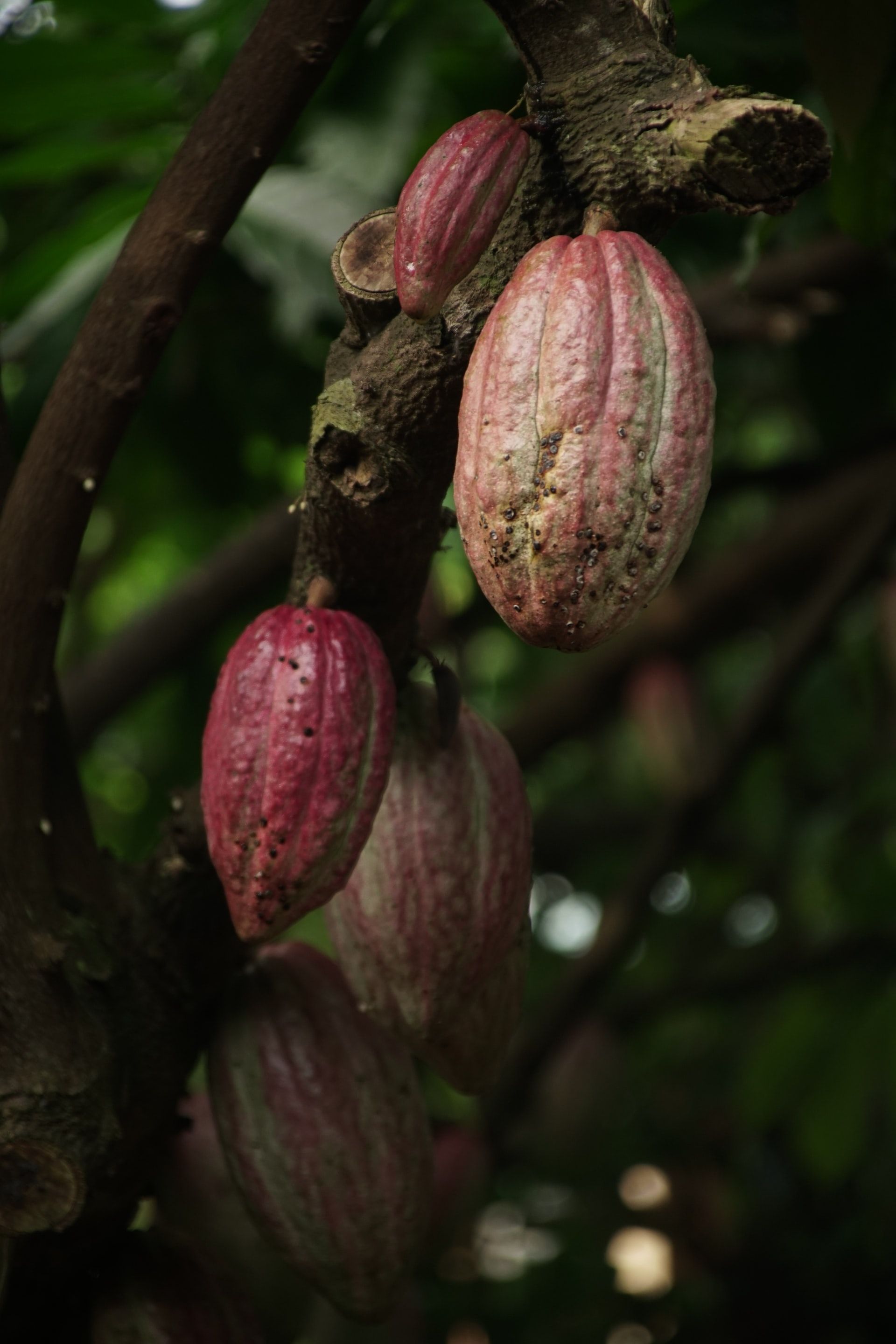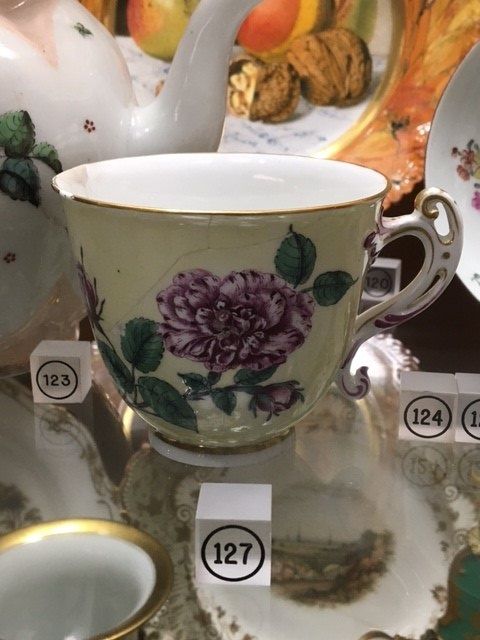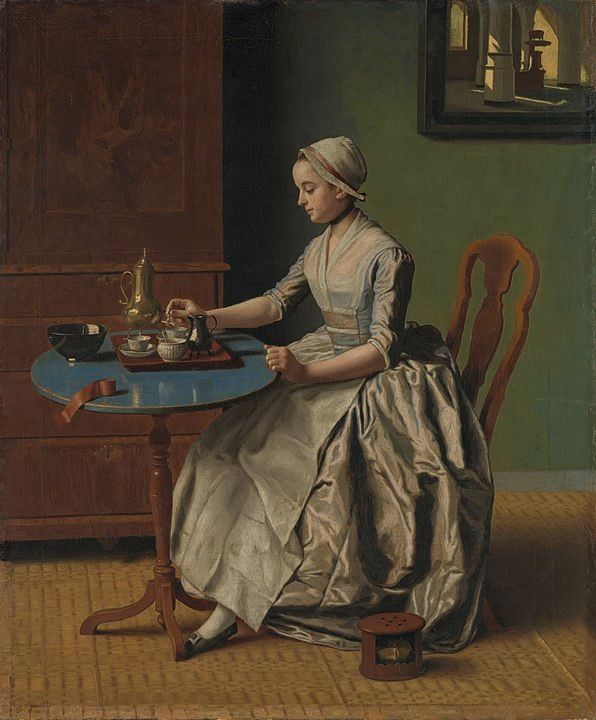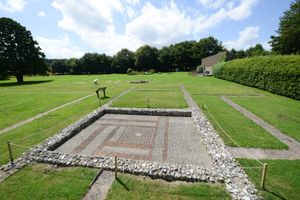“Money can't buy happiness. But it can buy chocolate, which is pretty much the same thing.” - Hanako Ishii, Japanese author.
This World Chocolate Day we learn that chocolate hasn’t always been a sweet treat. Originating in South America, the Aztecs mixed the ground seeds of the cocoa plant with spices or corn puree, creating a bitter, fermented, liquid that was supposed to give the drinker added strength. After Spain’s conquest of the Aztec Empire in the sixteenth century they began importing chocolate into Europe, where the bitter liquid was used as a medicine and had little appeal.
It wasn’t until someone had the bright idea of adding a sweetener, honey or sugar, to counteract the bitterness that the chocolate craze really took off in Europe.

A fashion statement
Both coffee and chocolate were highly taxed, making chocolate in particular only affordable to the very wealthy. It became a fashionable way to impress your neighbours when invited over for tea at the country estate. By the eighteenth century it was available, if still expensive, in the new, men only, coffee houses springing up across Europe.
Famous establishments such as ‘Mrs White’s Chocolate House’ and ‘The Cocoa-Tree Club’ in London offered food, gambling of all types and the opportunity for men to meet and discuss the arts, debate politics and conduct business. 'Lloyds of London' began life in a coffee house.


A deadly triangle
To supply the insatiable European demand for cacao, and the sugar that made its end product palatable, plantations spread throughout the English, Dutch and French colonies in the Caribbean and Central and South America. The indigenous peoples who worked on these plantations had been decimated by diseases brought by the European colonists. A new source of forced labour was needed. It arrived packed in slave ships from the west coast of Africa.
The first leg of the ‘slave triangle’ began with ships from Europe carrying cargo to ports in Africa. This cargo would then be sold or bartered for slaves. The ships would then be packed with their new ‘cargo’ for the ‘Middle Passage’ from Africa to the New World. Many slaves died of disease before the survivors arrived in the Caribbean or the American colonies to be sold. The same ships then completed the triangle, returning to Europe with produce from the plantations, including sugar, cocoa, rum and tobacco.
Many of these ships returned to the port of Bristol where, coincidentally, a company called Fry’s was about to revolutionise the way people could receive their chocolate ‘fix’, producing the first solid chocolate bar in 1847.
If you have enjoyed Culture on Call and you are able to make a donation, please click the link below. Any support you can give will help us keep communities connected to culture in these difficult times.





